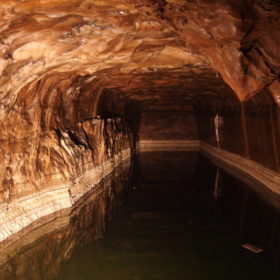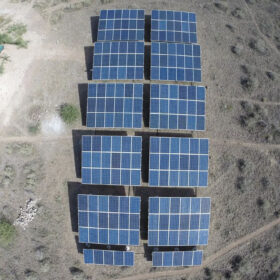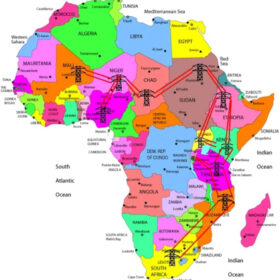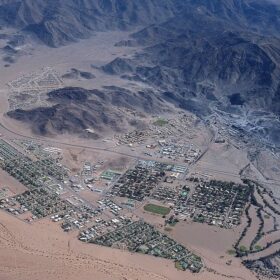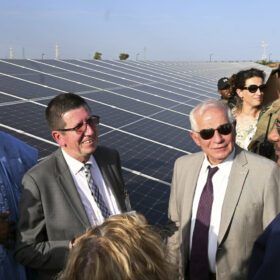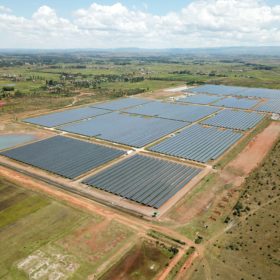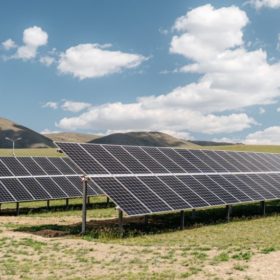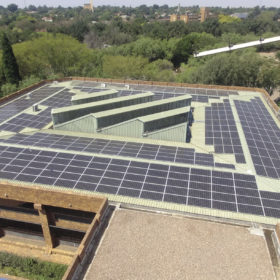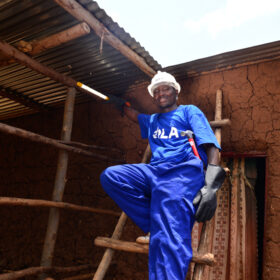The Hydrogen Stream: Gasunie reports strong interest in salt cavern H2 storage
Dutch gas supplier Gasunie says several market participants have reserved capacity in the first salt cavern for large-scale hydrogen storage near the Dutch city of Groningen. According to current planning, the first cavern will be operational by 2028.
Building to last in the Global South
PV initiatives should be designed to last, as several well-meaning off-grid solar projects for the developing world have floundered over the years.
Transnational grid across Sub-Sahara Africa may help spur renewables deployment
An international research group has proposed to build a Sub-Sahara Africa (SSA) central grid across 12 countries in order to reduce energy poverty. The proposed transmission line would touch Mali, Niger, Nigeria, Chad, Sudan, Ethiopia, Uganda, Kenya, Tanzania, Burundi, Mozambique, and South Africa.
Namibia kicks off tender for 70 MW solar plant
Namibian utility NamPower is seeking an engineering, procurement, and construction (EPC) contractor to build a solar farm in Rosh Pinah, a southern mining town. The project was originally designed for wind power generation.
Niger commissions 30 MW solar plant
A French consortium featuring Akuo and Sagecom has built a 30 MW solar plant in Niger. The European Union, the French Development Bank and the government of Niger co-financed the installation.
Madagascar launches tenders for 210 MW of PV
Madagascar has tendered a 200 MW solar project near Antananarivo and a 10 MW facility on its north coast.
The Hydrogen Stream: EU, Argentina, Chile, Uruguay to partner on hydrogen
The European Commission and the European Investment Bank have agreed to collaborate with Argentina, Chile and Uruguay on hydrogen, while Masdar, Mitsubishi and Inpex have said that they will use green hydrogen to produce e-methane and polypropylene.
Angola secures $1.44 billion to power rural areas with solar
The Angolan Ministry of Finance has secured €1.29 billion ($1.44 billion) from Standard Chartered to finance the construction of 48 hybrid PV systems across the provinces of Moxico, Lunda Norte, Lunda Sul, Bie, and Malanje. The new solar infrastructure will provide sustainable electricity to 1 million people.
South African government sets requirements for solar rebates
South African individuals and homeowners can now claim rebates of up to 25% of their solar panel costs, up to a maximum of ZAR 15,000 ($800). Recent changes to the solar rebate scheme specify that the panels must have a minimum output of 275 W. They can be installed as part of new or existing systems.
Technology brings universal access to clean energy within sight
The opportunities available from the aggregation and interpretation of mass data are huge and could help attract investors and ensure more efficient electricity networks as the world races to try and achieve the UN goal of access to reliable energy for all this decade.
